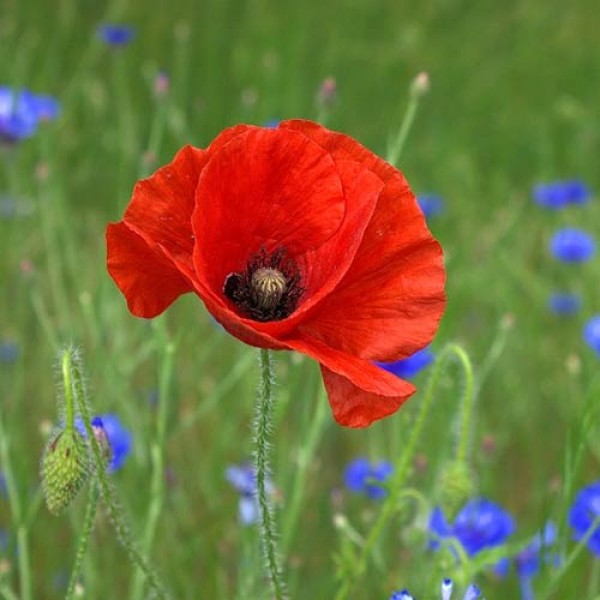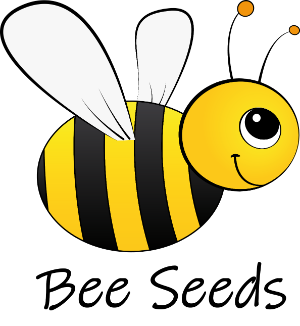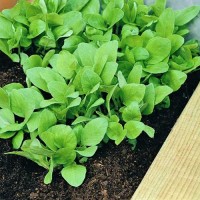
Gardening in June
Now the last frosty nights are over.
Therefore all the plants that have been grown indoors now get their place in the bed in June at the latest. Make sure that you add compost beforehand and that you plant them at a sufficient distance so that they can develop well. Kale and Brussels sprouts need a large distance of 40 x 40 cm. Leek stands well in rows with a distance of 40 cm, and is placed in a ditch so that it can be earthed up later and the stems get long white shafts. In the gaps in between you can plant lettuce and kohlrabi.
When transplanting, make sure that you choose an overcast or rainy day or on warm sunny days the evening hours. The plants will also grow better if you press the soil well and water them.
The beetroots, turnips, parsnips and carrots that are already in the bed should be thinned out a little, as they too will only grow large if they have enough space. Make sure that the potato plants are always well earthed up so that no tubers are left in the light. By the way, it is generally a good thing to earth up vegetables in summer: it prevents a green collar on carrots, protects cabbages from the cabbage fly, which likes to attack the root neck, bulbs grow bigger when they are protected and all plants (except salads) are more stable.
In June you can sow directly into the bed: beans, pumpkin, chard, beetroot, corn or onions. Carrots, radishes, salads and many herbs should always be reseeded. For a whole range of vegetables, such as cabbage, it is now time to sow for the autumn or winter harvest. Many summer flowers can be sown directly.
Everything grows and thrives in June, including weeds, which usually grow faster than the young vegetables and flowers. It is important to remove tufts of grass early and regularly, because the grass roots are very resistant and will mat your beds. Even couch grass (or quitch) must be removed deeply, otherwise it will always sprout again. Your vegetable beds will benefit from regular loosening of the soil.
Already harvested areas can be sown again with green manure. If you use red clover, buckwheat or phacelia for this, you will also be doing bees and bumblebees a favour. Especially plants of the legume family enrich the soil with nitrogen.
As the hot season starts now, watering is one of the most important issues. For larger gardens, drip irrigation is helpful. If you don`t have drip irrigation, you should place your plants in hollows or furrows so that the water from the ewer stays on the plant. To prevent the soil surface from drying out too quickly, a mulch layer helps, which can also consist of grass or straw. Adding compost, clay (bentonite) and vegetable carbon also makes your soil more water-retentive. In the case of berry bushes, a base made of jute or hay helps to prevent weeds from growing into the bushes or to prevent rod disease (esp. raspberries).
In June a little tidying up in the garden also helps: all climbing plants such as roses, tomatoes or runner beans should be well tied to their framework, preferably with a biodegradable material such as bast, sisal, flax or wire. Vine and kiwi plants can have their foliage shoots shortened to give the flowers more air, which increases the fertilisation rate.
Finally, the garden is grateful for some fertilization, e.g. with a self-made nettle liquid manure and a good supply of compost. Products made from knotweed also contain almost all the nutrients required by the plants.








